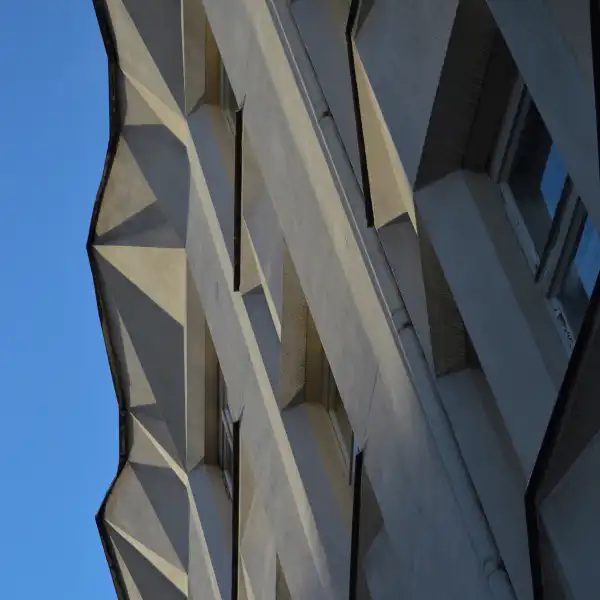Empty Route
Lonely houses
Boarded-up windows, faded plaster, and holes in the roof. It may seem like a post-apocalyptic scene from a distant future, but for many buildings in the center of Prague, it is the present reality. Empty houses can be found on every corner. But how is it possible to have so many of them in the capital city when statistics show that Prague has a shortage of apartments? Let’s take a look together at the sad fate of some of these buildings and imagine what could happen if we breathed new life into them once again.

Duration:
30 minut
Number of stops:
6 + 5
Lenght:
2,3 km
MHD start:
Malostranská
MHD end:
Pohořelec
House of Body culture
Architect: Josef Piskač
Year of completion: 1909
The House of Body Culture in Klárov is located directly opposite the Straka Academy. It was designed by Emil Wagner, the successor of Alois Klára, after whom the entire area around the Malostranská metro station is named. Wagner approached architect Piskač to expand the premises of the neighboring Klárov Institute for the Blind. Piskač’s design from the early 20th century features a generally historicizing appearance, clever use of Art Nouveau elements, and an unconventional triangular floor plan. Most Prague residents know the building mainly as the House of Body Culture, where people used to go for exercise, swimming, and where you could find the first sauna in Prague. Currently, the building is managed by the Office for Representation of the State in Property Affairs, and its future use is still uncertain.
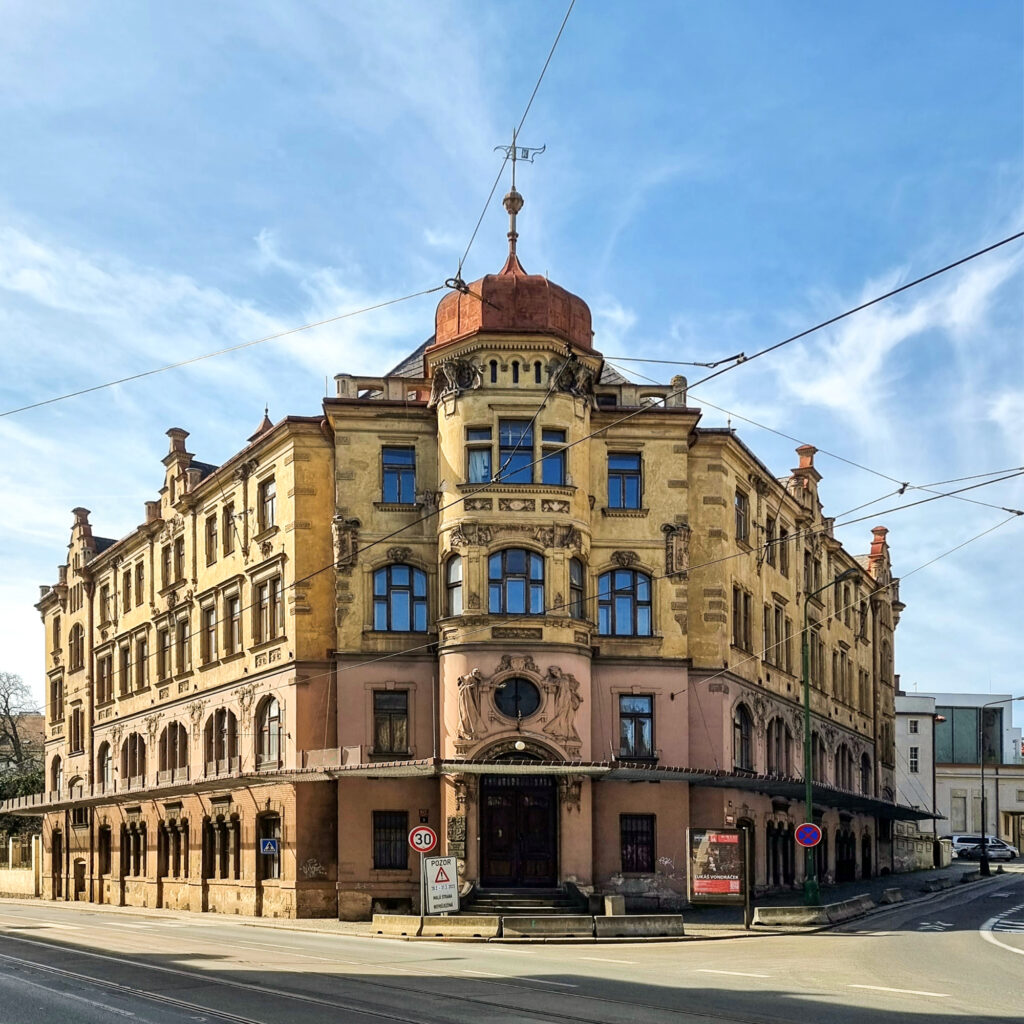
The House U Červeného orla
Architect: není znám
Year of completion: 15. století, přestavby 18. století
Although the first mention of the House U Červeného orla (At the Red Eagle) dates back to 1403, its appearance has been frequently altered due to fires and gradual reconstructions. Its present-day look reflects renovations from the third quarter of the 18th century, but many references to earlier times have been preserved on the facade. Evidence of this includes a Renaissance entrance portal with stone framing, a richly profiled cornice, and a gable with a typical Baroque cutout. In the frieze above the windows of the first floor, there is a painting of an eagle on a rock, which likely refers to the pharmacy that was located in the house in the 17th century. The abandoned house aligns its narrow facade with Nerudova Street, which has been the main thoroughfare between Malá Strana and Prague Castle for centuries. Coronation processions used to pass through here, a sight that today can only be reminiscent of the flowing crowds of tourists.
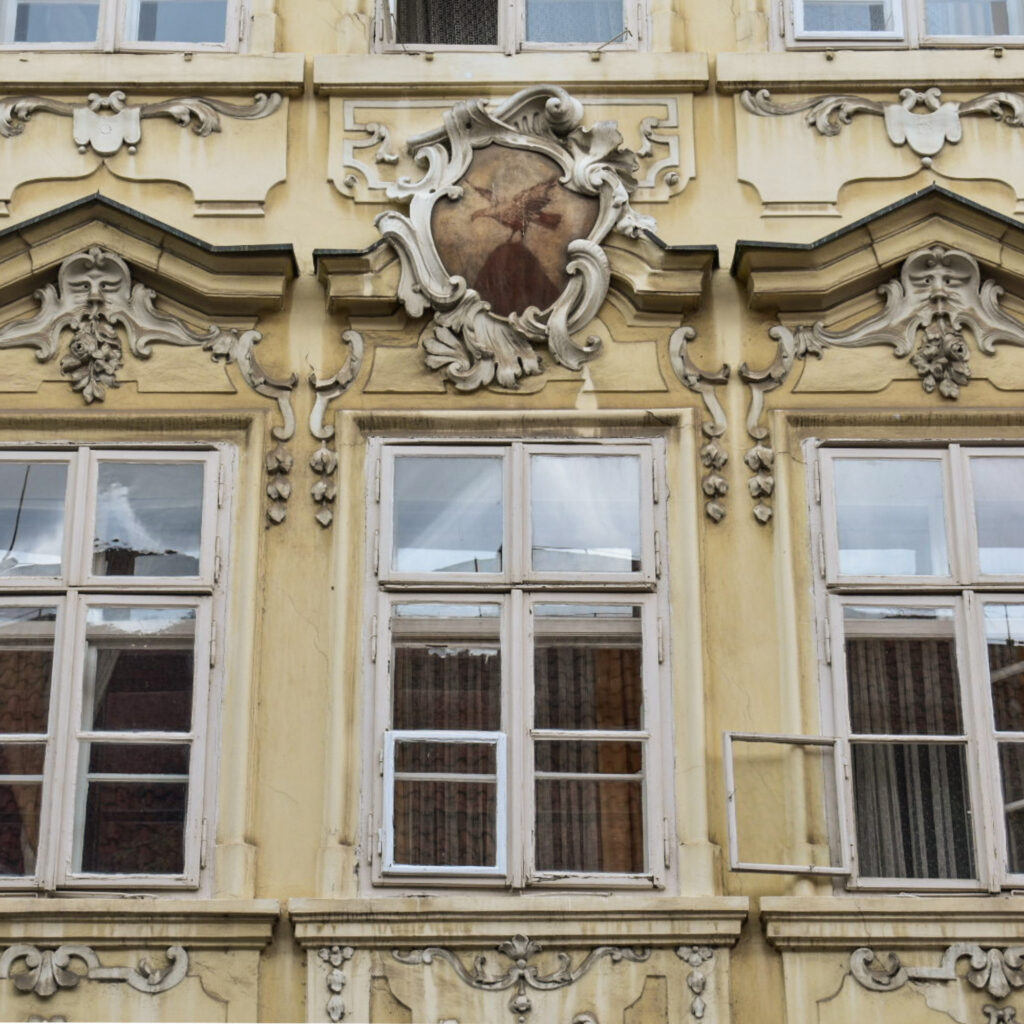
The House At The Holy Spirit
Architect: Není znám
Year of completion: renesance, přestavby v 18. a 19. století
The House At The Holy Spirit follows the paradox that in one of the busiest streets in Prague, there are numerous empty buildings. This four-story early Baroque building got its name from the house sign depicting a dove with outspread wings in a cloud-shaped frame, symbolizing the Holy Spirit. Although the building stands on Renaissance foundations, its significant Baroque transformation contributes to the harmonious character of Nerudova Street, which is known for its beautifully adorned Baroque bourgeois houses and palaces. However, there is a noticeable difference in the ground floor of the house, which underwent alterations in the 19th century during its last major renovation. It is also the only part of the building that is currently in use as a souvenir shop.
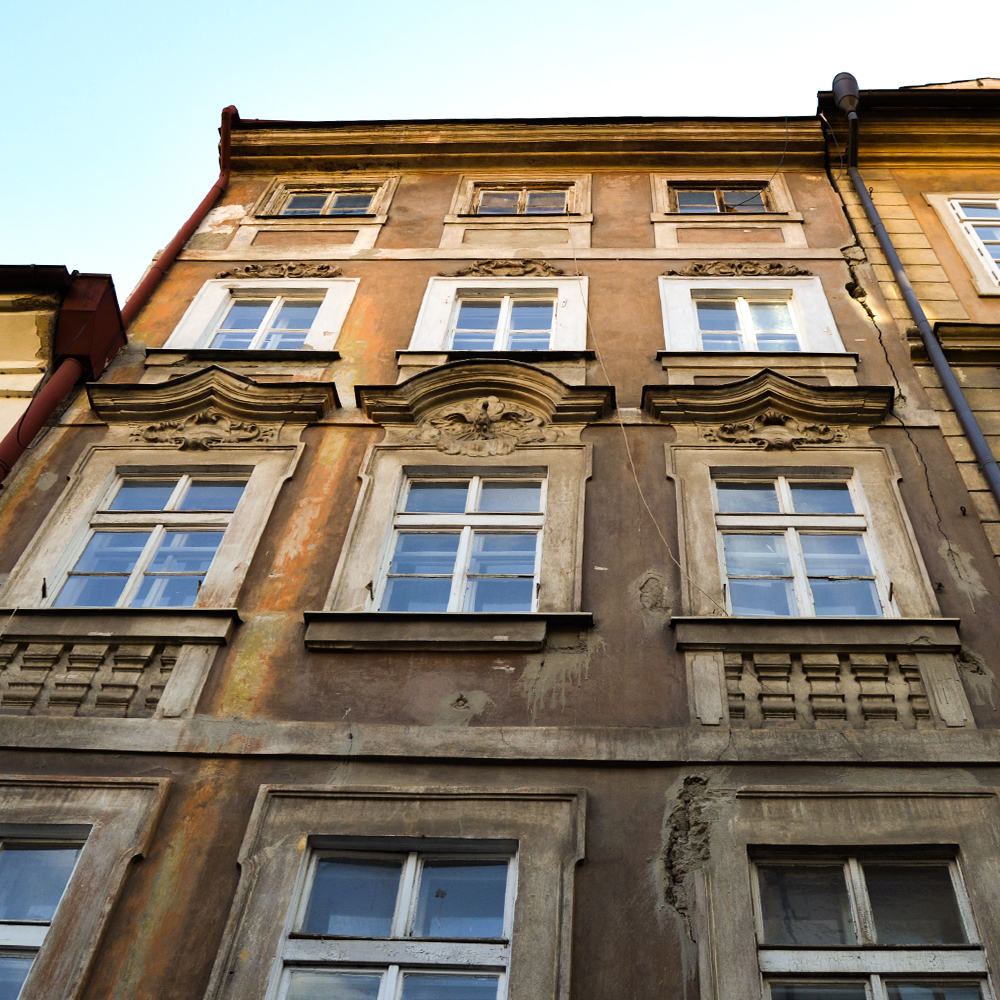
Morzinský House
Architect: není znám
Year of completion: poslední velká přestavba proběhla ve druhé polovině 18. století
The history of the originally Renaissance Morzinský House dates back to the first half of the 16th century. Like other houses on the street, the Morzinský House underwent significant transformations during the high Baroque period in the early 18th century, followed by a late Baroque reconstruction, which is still evident on its facade. An image of the Madonna of Svatotomášská was placed in a rectangular framed panel above the entrance portal and served as a house sign until the 1960s. In 2006, it was removed and stored in the collections of the Prague City Museum. According to available sources, it appears that the house was sold to a new owner at the end of October 2020. Hopefully, the new buyer will bring new life to it!

The house U Zlatého žaludu
Architect: Thomas Haffenecker
Year of completion: 1708
The Burgher House U Zlatého žaludu (At the Golden Chestnut) was originally built for František Santini Aichl, the brother of the renowned architect Jan Blažej Santini Aichl. However, just a few years after its completion, the original owner passed away, and the Baroque villa was acquired by the Lobkowicz family, who renovated it and gifted it to Capuchin musicians. It is a preserved example of the original architecture in Nový Svět (New World) with a rural touch. Originally, this part of the city was considered rather impoverished, and the locals were often employed at Prague Castle. Since they didn’t have much money, they compensated for their poverty with the names of their dwellings. The chestnut is not the only thing in this area with the epithet “golden.” You can also find the House U Zlaté hvězdy (At the Golden Star), U Zlaté hrušky (At the Golden Pear), or U Zlatého beránka (At the Golden Lamb).
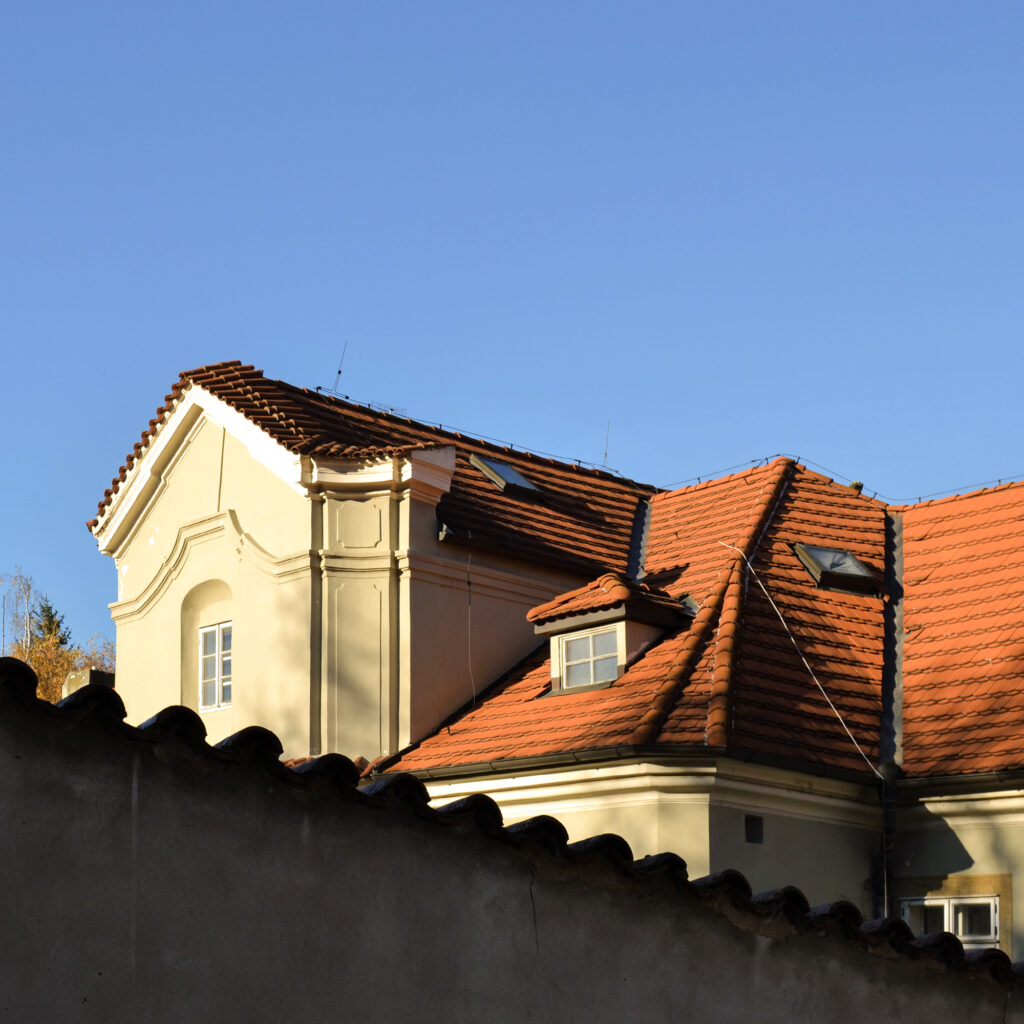
The House U Kundraticů
Architect: není znám
Year of completion: druhá polovina 17. století
The House U Kundraticů, also known as Švábovský, was created in the early 14th century by combining two originally Renaissance agricultural buildings. Over time, it was converted into an apartment building and acquired a Neoclassical appearance. To this day, in addition to its Gothic cellars and mysterious arcade, the simple early Baroque facade from the second half of the 17th century has been preserved, which best reveals the desperate state of the entire structure. Although it is practically uninhabitable in modern times, according to the commercial register, it serves as the registered address for 83 companies. Currently, it is supposed to be structurally secured, but specific renovations are yet to be seen. The future of the building now depends on an agreement between three sectors: heritage conservationists, investors, and the city.
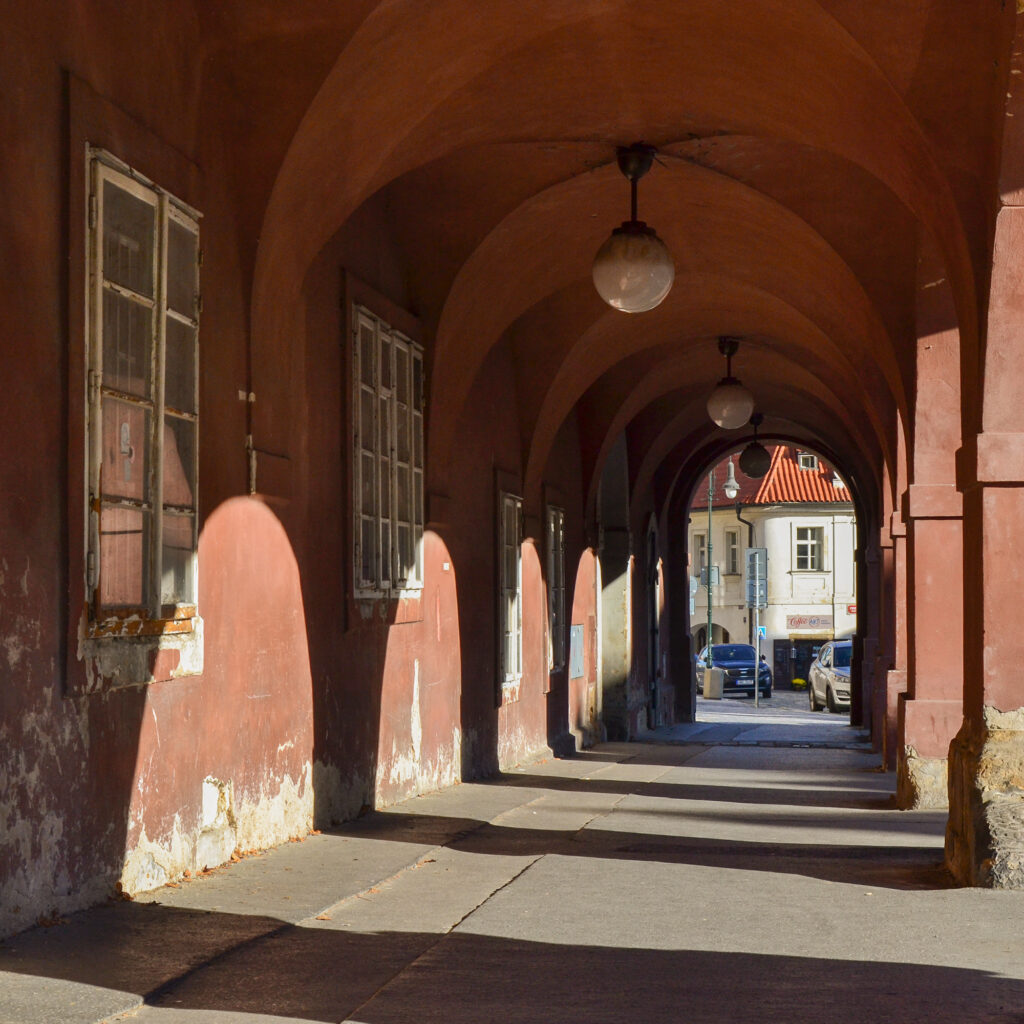
Zastávky mimo trasu

The U Stýblů Palace
Architect: Ludvík Kysela, Jan Jarolím
Year of completion: 1928
The U Stýblů Palace is an eight-story functionalist building designed by architect Ludvík Kysela, similar to the nearby Baťa Palace or Lindt Department Store. The name is associated with its original owners, the printers Václav and Ondřej Stýbl. Later, the palace came to be known as Alfa, in connection with the eponymous cinema located in the well-lit passage of the building. The centerpiece of the entire passage is an elevated hall, with a ceiling resembling an upside-down ship’s keel levitating in empty space, supported only by delicate glass display windows of the Boulevard Café. This famous café occupied the entire second floor of the palace, offering views of both Wenceslas Square and Františkánská Garden. At the time, it was one of the largest cafés in the country. After the revolution, the property was returned to the grandson of the original owners through restitution, but he never carried out the promised reconstruction. As a result, the palace has been deteriorating for over 25 years. With its band windows, nobody notices the activity on the square or in the passage, and the worn-out pavement is slowly sinking due to various types of used stone.
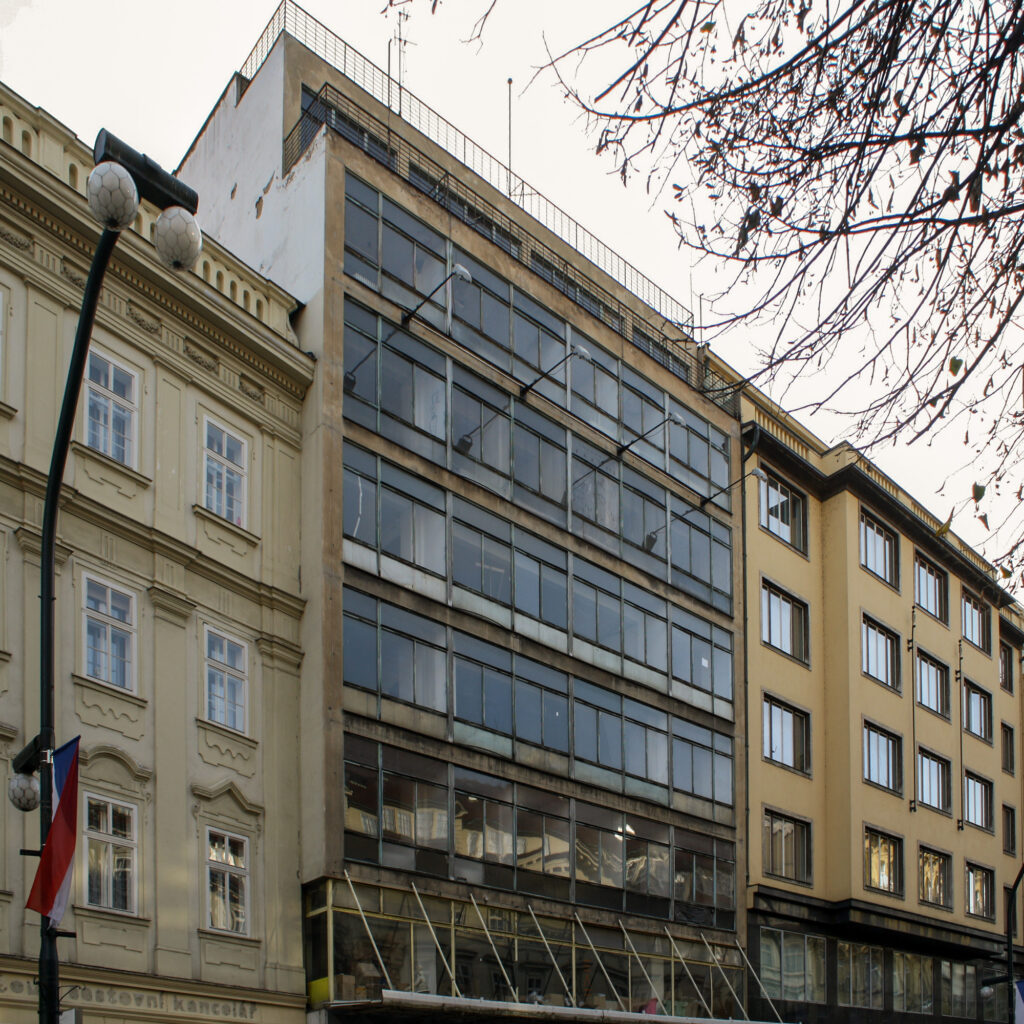
The House of Artistic Industry
Architect: Oldřich Starý, František Zelenka
Year of completion: 1938
The House of Artistic Industry, also known as the House of Czechoslovak Work, was commissioned by the eponymous association. Shortly before World War II, it replaced the historical U Tří zvonků building and, together with the ARA Palace, became a representative of functionalist architecture on Národní třída (National Avenue). The final design was created by architect Oldřich Starý, who was a professor at the Prague University of Technology and also the author of many villas, such as those in Na Babě and Hanspaulka. The design features the use of a reinforced concrete skeleton, continuous ribbon windows along the entire length of the facade, and chromed elements on the ground floor of the building. After the revolution, the building was privatized, and its poor condition began to worsen. It lost its main purpose, and the current owner has been delaying the reconstruction of this functionalist cultural monument.
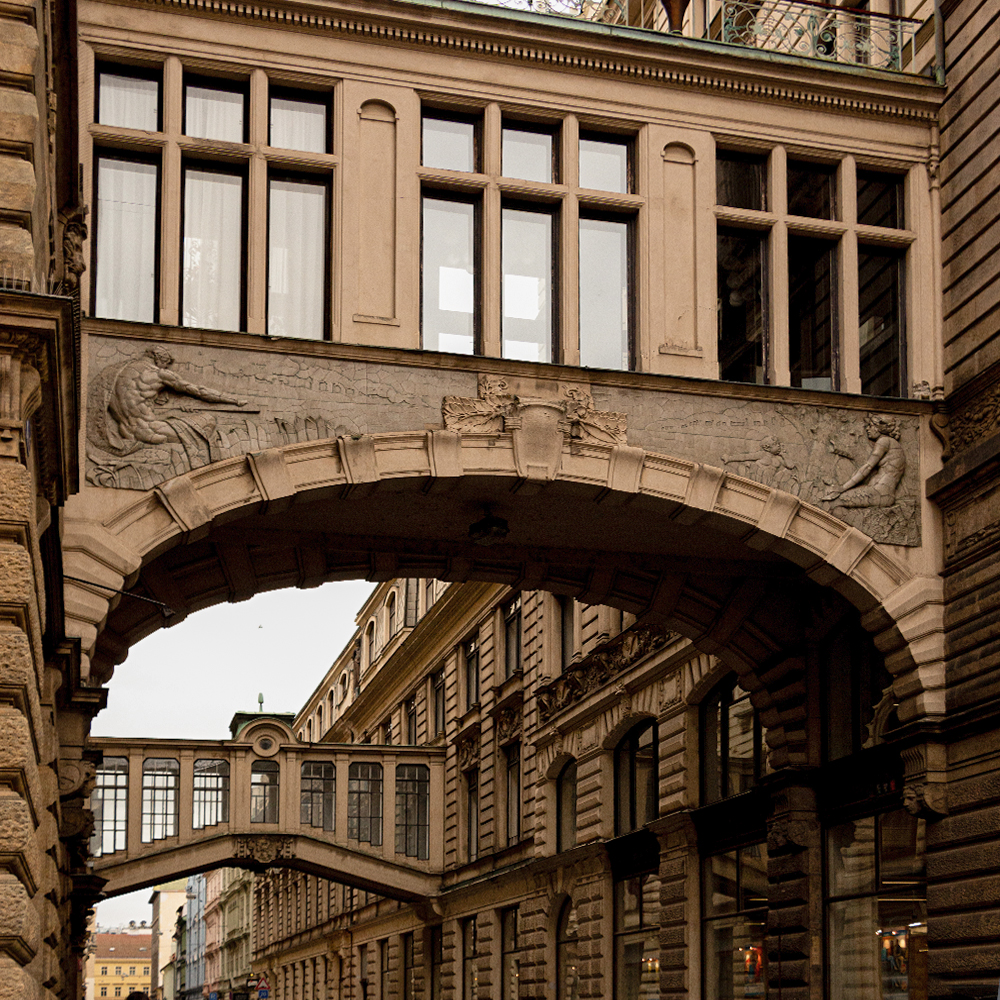
The Živnostenská Banka Palace
Architect: Osvald Polívka
Year of completion: 1900
It is one of the last Neo-Renaissance buildings in our country and not without reason it is called the showcase of Czech sculpture and painting of the 19th century. Artists such as Mikoláš Aleš and Stanislav Sucharda contributed to the artistic design of the facade of the Živnostenská Banka Palace, while the interior is adorned with wall paintings by Max Švabinský, sculptures by Bohuslav Schnirch, mosaic floors, glass ceilings, and gilded details. All of this silently reminds us of a time when there was life both in front and behind the counters. The hustle and bustle disappeared around 2010 when the building passed from the ownership of Živnostenská Banka to Unicredit Bank. Since then, it has been used only for representation or as a backdrop for filming movies. The future of the building is uncertain. According to recent reports, it may be transformed into a luxury hotel in the future.
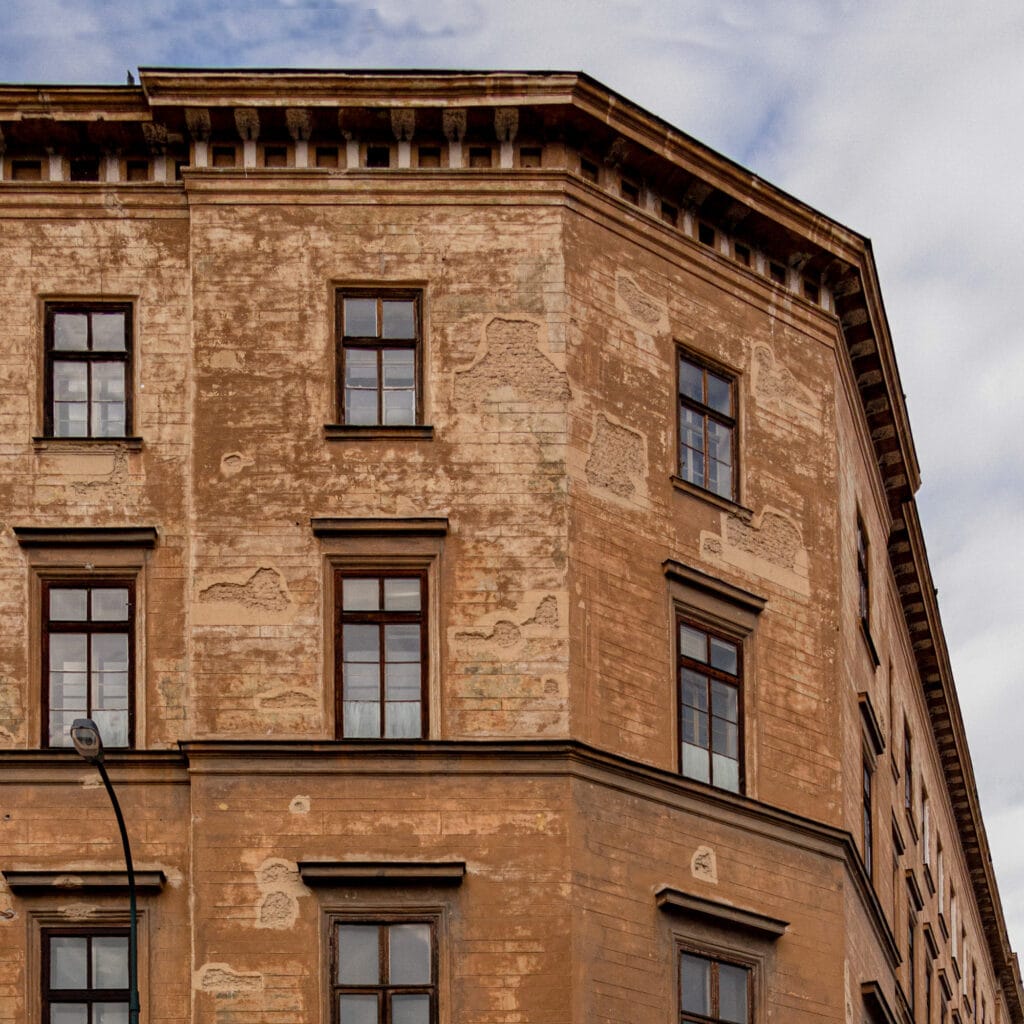
Desfourský Palace
Architect: Josef Kranner
Year of completion: 1847
Desfourský Palace is a three-story neoclassical corner building. While its facade may appear relatively austere from the street, its interiors are adorned with artificial marble, wall paintings, gilded chandeliers, stucco decorations, and mosaic floors. Particularly breathtaking is the central staircase with columns made of brown marble and illusory patterns on the ceilings. Due to insensitive alterations, some valuable elements were destroyed, and there was a time when complete demolition of the palace was considered. In September 2020, it was entrusted to the Prague City Museum, which initiated its complete reconstruction for use as a museum. From time to time, the palace is open to the public during events such as the Open House festival or 4+4 Days in Motion.
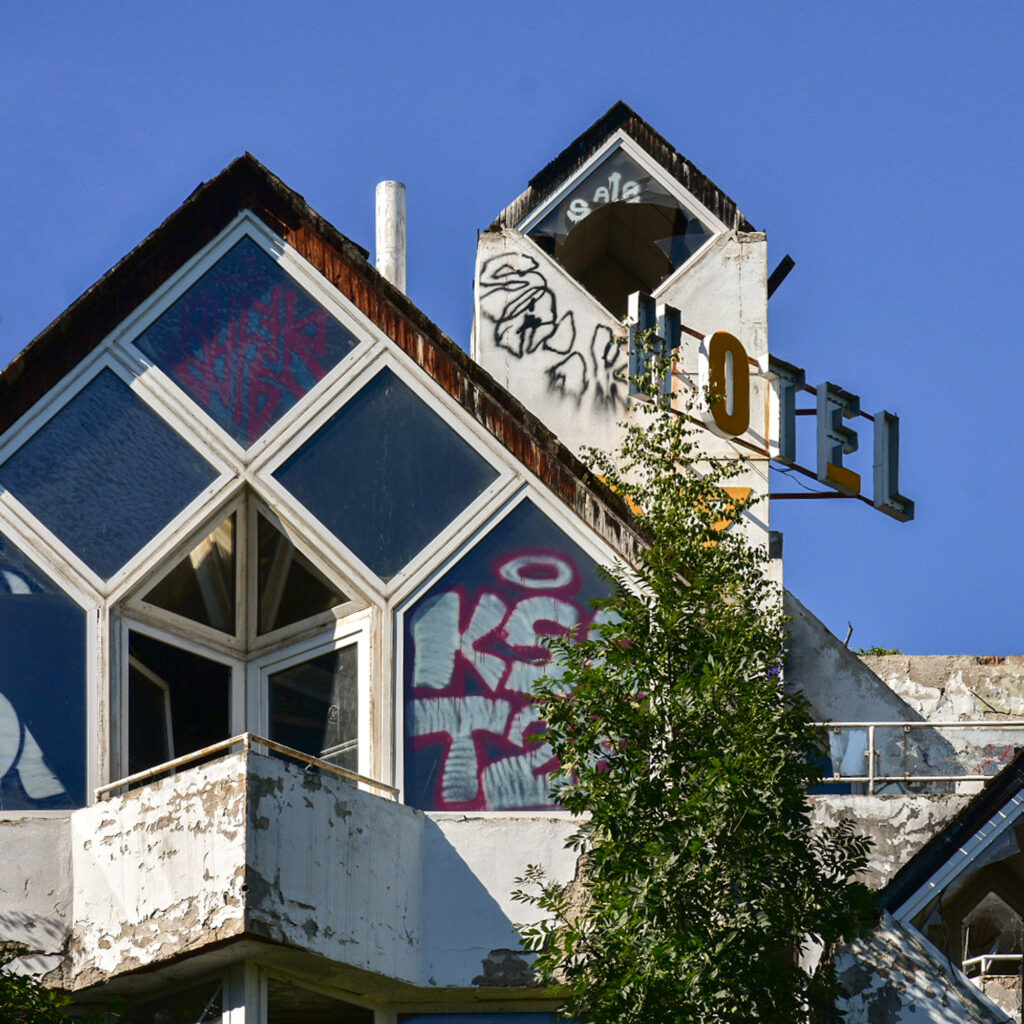
The Vaníček Hotel
Architect: Neznámý
Year of completion: 90. léta 20. století
On the slope of Strahov Hill, in Na Hřebenkách Street, you can find one of the most famous abandoned hotels in Prague. Once a four-star establishment with a view of Prague’s panorama, today it is only a devastated reminder of the wild 90s. The reason why Hotel Vaníček has been deteriorating since 2010 is due to ownership and legal disputes. Instead of accommodating guests, the building has been occupied by homeless people and drug addicts. The remnants of the seven-story hotel still display architectural details of sharp shapes and cascading arrangement. Given the rapid decay of Hotel Vaníček, the chances of its rescue diminish every year.

Garden route

Feminist route
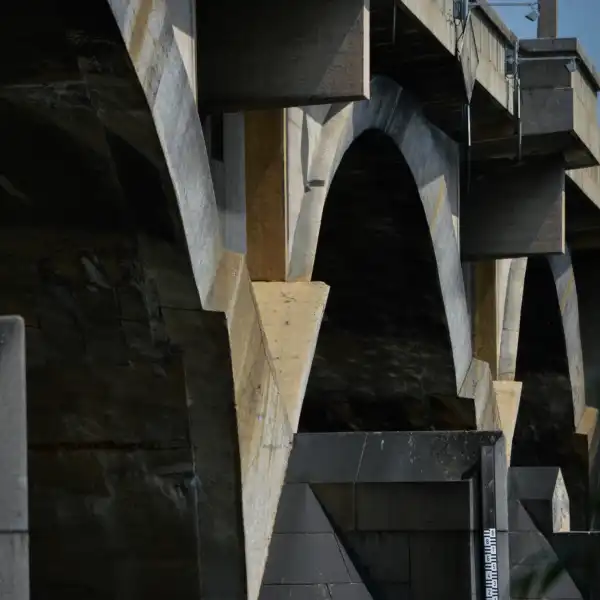
Bridge Route
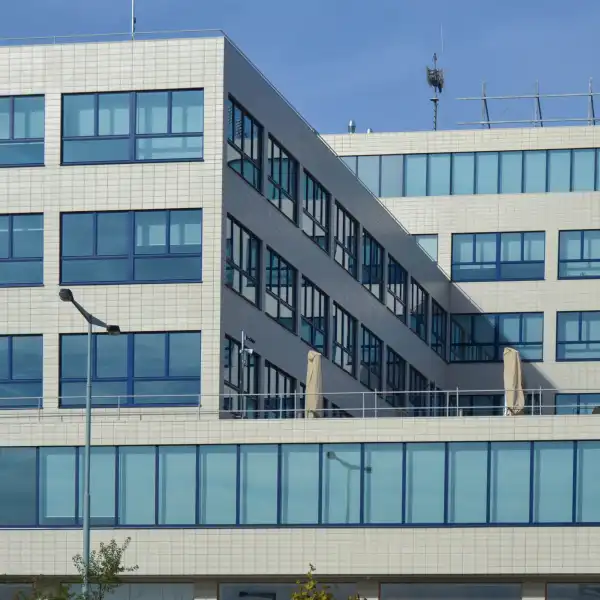
Functionalist Route

Passage Route
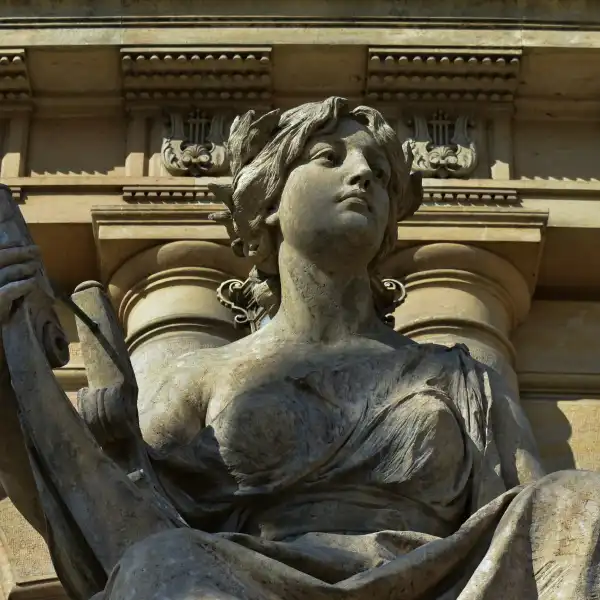
Music Route

Church Route (1930s)

Prager’s Route
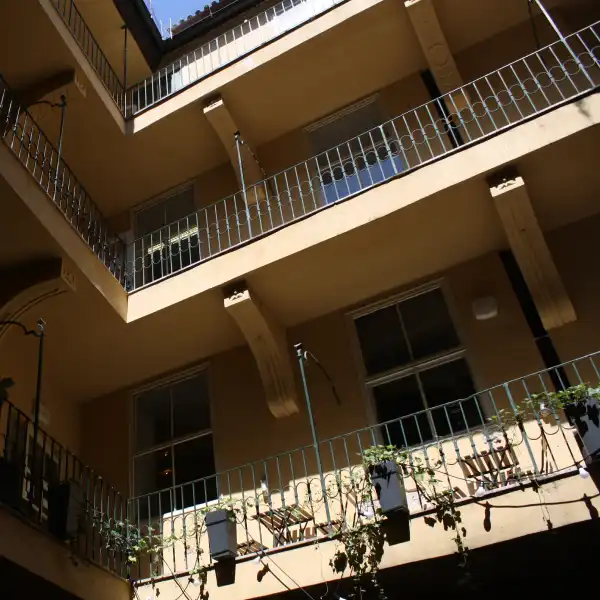
Inner Courtyard Route

Glass Route

Literary Route

Brutalist route
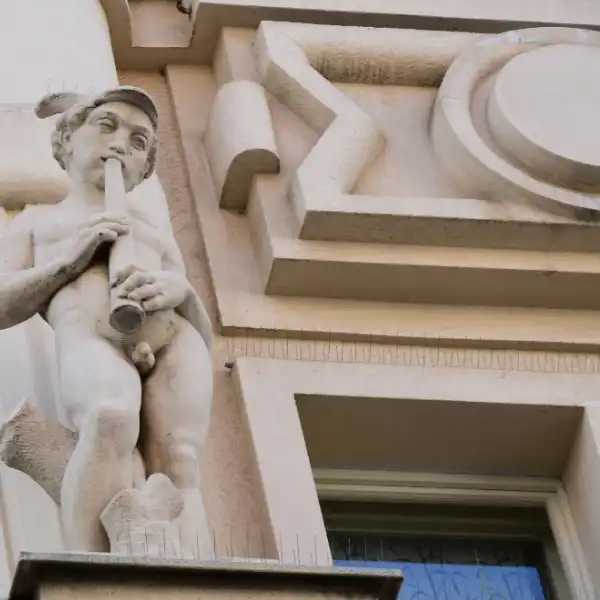
Rondocubist route
